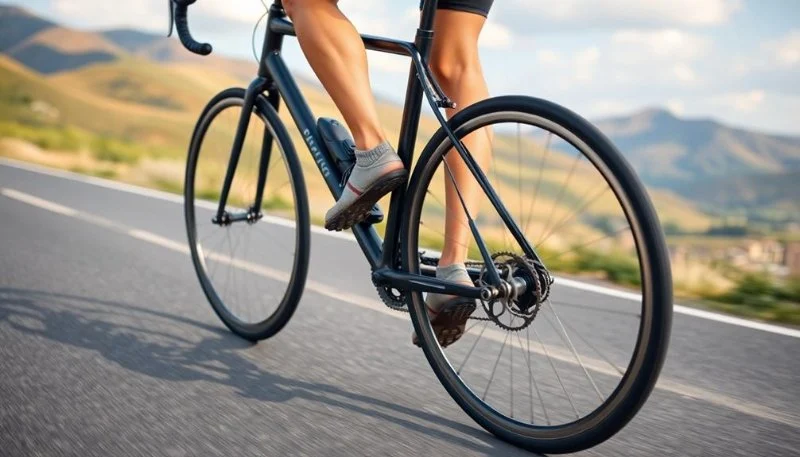
How to Improve Your Pedaling Efficiency
For cyclists looking to enhance their performance, improving pedaling efficiency is one of the most impactful ways to ride smarter and faster. Pedaling efficiency directly influences how much energy you use and how effectively you transfer power from your legs to the bike. Whether you're an amateur cyclist or a seasoned pro, optimizing your pedaling technique can lead to faster rides, less fatigue, and a more enjoyable cycling experience. In this article, we will explore various techniques and tips on how to improve your pedaling efficiency, helping you get the most out of every ride.
1. Understanding Pedaling Efficiency
Pedaling efficiency refers to how effectively you can convert the energy from your legs into forward motion. It's not just about pedaling harder, but rather about using your energy in the most effective way possible. Improving this efficiency can help you ride longer distances with less effort, maintain a higher average speed, and reduce muscle fatigue. A well-executed pedal stroke allows for smoother and more consistent power output, making your cycling experience both faster and more comfortable.
2. Pedal Stroke Mechanics: Optimize Your Technique
The key to improving pedaling efficiency lies in refining your pedal stroke mechanics. A smooth pedal stroke involves both the push and pull phases, ensuring that you're not just pushing down on the pedals, but also pulling up and around the cycle.
- Push Phase: Focus on pushing down with the ball of your foot during the downward stroke. Ensure that the knee is aligned with the pedal and avoid excessive force to prevent unnecessary strain.
- Pull Phase: During the upstroke, use your hamstrings to pull the pedal back up. Engaging your hip flexors can also help in this phase, making the stroke more fluid and efficient.
- Pedal Circles: Aim to create a circular motion with your pedaling technique. A smooth, rounded motion will minimize dead spots in your stroke and provide a more consistent flow of power.
Working on both the push and pull phases ensures that you're maximizing the amount of force applied during each stroke. The less "dead space" between strokes, the more power you're transferring to the bike with every rotation.
3. Proper Bike Fit and Positioning
One of the most common reasons for inefficient pedaling is poor bike fit. If your bike is not properly fitted to your body, it can lead to discomfort and inefficient movement, which in turn wastes energy. Proper bike positioning ensures that you're using the most efficient angles for your joints, reducing fatigue and optimizing power output.
- Seat Height: Ensure that your seat is at the correct height. A seat that's too low forces you to extend your legs less, while one that's too high can cause discomfort and inefficient strokes. Aim for a height that allows for a slight bend in your knee at the bottom of your pedal stroke.
- Handlebar Position: Position the handlebars so that your back is comfortable, and your arms are slightly bent. This will help to maintain proper body alignment and reduce strain on your upper body.
- Cleat Placement: Proper cleat positioning is essential for maximizing your pedaling efficiency. Make sure your cleats are aligned with your natural foot position to avoid discomfort and ensure a smooth stroke.
4. Cadence Training and Gear Selection
Cadence refers to the number of pedal revolutions per minute (RPM) during a ride. Maintaining an optimal cadence is crucial for improving pedaling efficiency. A higher cadence allows for faster, smoother strokes that require less force, reducing fatigue and improving overall performance.
- Cadence Training: Aim for a cadence of 80-100 RPM for most cycling activities. This range is generally considered ideal for cycling efficiency, as it strikes a balance between power and speed.
- Gear Selection: Selecting the right gear is essential for maintaining an efficient cadence. Use lower gears when climbing hills or tackling difficult terrain, and higher gears on flat roads to maintain a consistent, high cadence.
- Shifting Techniques: Practice shifting smoothly and at the right moments during your ride. Shifting too late or too early can disrupt your cadence and result in inefficient pedaling.
5. Strengthening Your Pedaling Muscles
In addition to optimizing technique, strengthening the muscles used in pedaling is another effective way to improve efficiency. Targeting key muscle groups such as the quads, hamstrings, calves, and hip flexors will give you more power and control over your pedal stroke.
- Leg Strength Exercises: Incorporate exercises like squats, lunges, and calf raises into your routine to build strength in your leg muscles.
- Core Workouts: A strong core is essential for maintaining proper cycling posture and power transfer. Planks, leg raises, and other core exercises will improve your stability and pedaling efficiency.
- Endurance Training: Focus on building your overall endurance through long rides and interval training. The more endurance you have, the better your pedaling efficiency will be over longer distances.
6. Advanced Tips for Experienced Cyclists
If you're already familiar with basic pedaling techniques and bike fit, you can take your pedaling efficiency to the next level with a few advanced strategies:
- Use Power Meters: Power meters can help you measure the force you're applying on each pedal stroke, allowing you to fine-tune your technique and optimize your performance.
- Analyze Pedal Stroke with Technology: Many advanced cyclists use software to analyze their pedal stroke mechanics. This technology can help identify areas where you can improve your form and power output.
- Try Different Pedal Systems: Experiment with different pedal systems, such as clipless pedals, to see how they affect your pedaling efficiency and comfort.
Improving your pedaling efficiency requires consistent practice and a willingness to experiment with different techniques. By focusing on your form, bike setup, cadence, and strength, you can become a more efficient and powerful cyclist. For the best gear and accessories to improve your cycling performance, visit Cycling Guider, where we provide expert recommendations for cyclists of all levels.

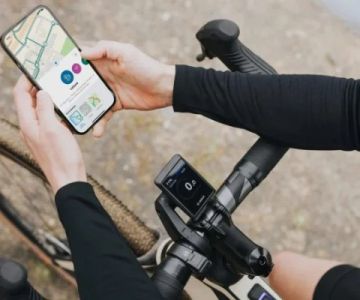
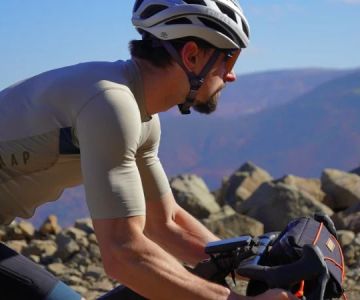
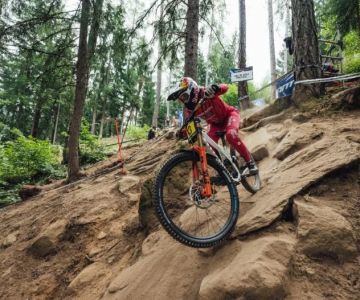
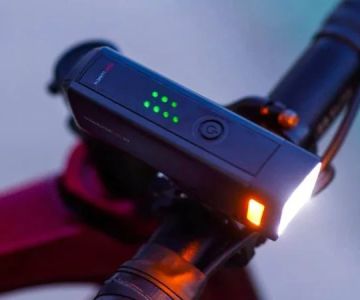

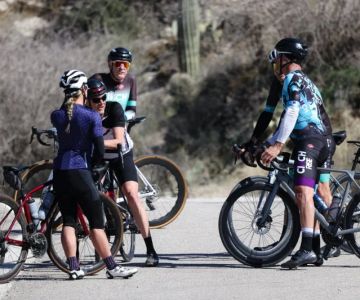
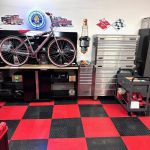 Billet BMX5.0 (2 reviews)
Billet BMX5.0 (2 reviews)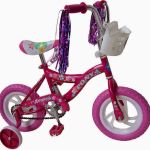 Far East Children Bicycle Factory1.0 (1 reviews)
Far East Children Bicycle Factory1.0 (1 reviews)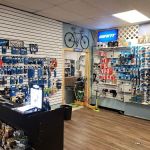 Archer Motorsports, Inc.4.0 (8 reviews)
Archer Motorsports, Inc.4.0 (8 reviews)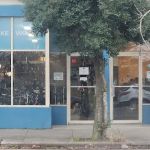 YEP Bike Works4.0 (55 reviews)
YEP Bike Works4.0 (55 reviews)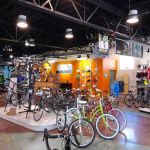 Gorham Bike & Ski4.0 (498 reviews)
Gorham Bike & Ski4.0 (498 reviews)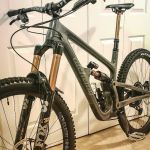 Alchemy Bikes4.0 (37 reviews)
Alchemy Bikes4.0 (37 reviews) How to Teach Kids to Ride a Bike: A Step-by-Step Guide for Parents
How to Teach Kids to Ride a Bike: A Step-by-Step Guide for Parents Tips for Riding on Busy City Streets: Smart Strategies for Urban Cyclists
Tips for Riding on Busy City Streets: Smart Strategies for Urban Cyclists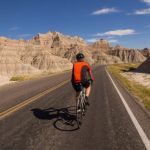 Best US National Parks for Mountain Biking: Ride Epic Trails Across America
Best US National Parks for Mountain Biking: Ride Epic Trails Across America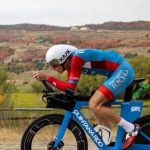 Best Aero Helmets for Time Trials and Racing
Best Aero Helmets for Time Trials and Racing How to Clean and Lubricate Your Bike Chain Like a Pro
How to Clean and Lubricate Your Bike Chain Like a Pro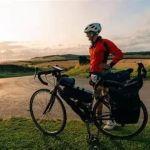 10 Must-Have Items for Long-Distance Cycling Trips
10 Must-Have Items for Long-Distance Cycling Trips